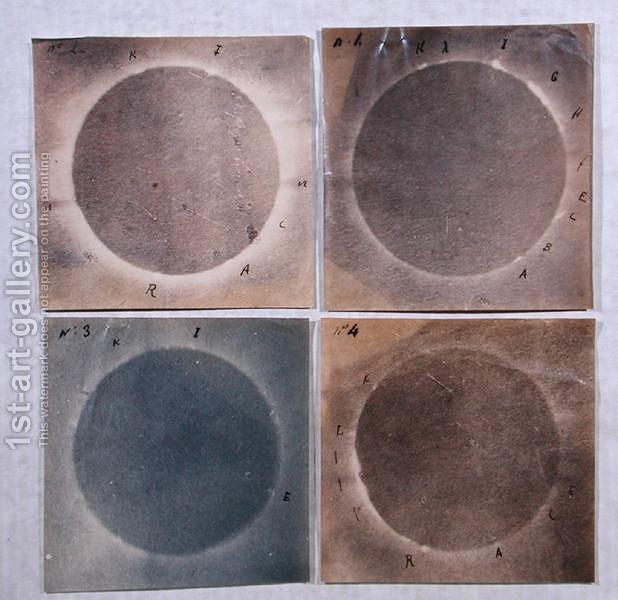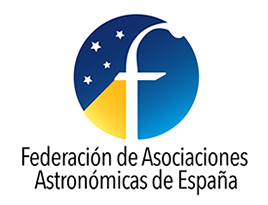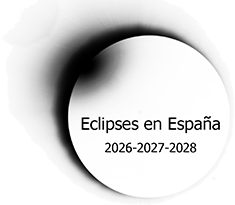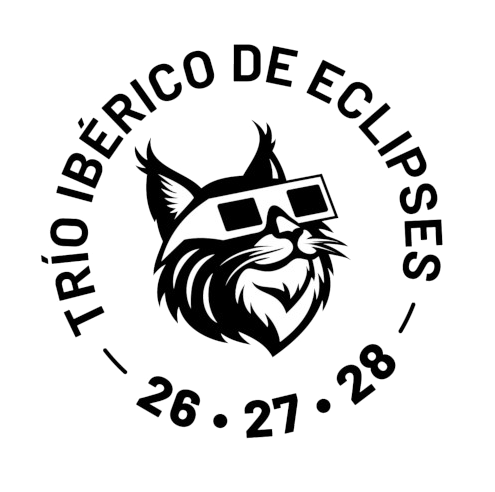In a few years we will have the great opportunity to observe from our country three eclipses of the Sun in consecutive years.
These eclipses, (two total and one annular), will have an important national and international repercussion and will make thousands of people move towards the areas of better visibility.
The Federation of Astronomical Associations of Spain requests the collaboration of amateur associations to take the necessary steps in the preparation of these events, especially with regard to logistics that allow optimal observation conditions for all people who, from any place on the planet, they will come for that reason. To do this, the creation of a network of observation nodes distributed in each case by the most suitable areas within the geographic strip affected by all the eclipses and close to it is proposed.
This FAAE website intends to serve as a channel for this purpose and here the pertinent information on these eclipses will be given, as well as the contributions to these tasks developed by the Associations.
In the same way, we request the collaboration of both amateurs and professionals as well as the Associations themselves, to integrate on this website content that may be of interest and related to the eclipses of the Sun. In this sense, everything that has to do with their observation, such as the applicable photographic and video techniques, may be interesting. Reviews and experiences of previous eclipses will also be appreciated.
HISTORICAL NOTE - The first photograph of the solar prominences was made in Spain on the occasion of the eclipse of the Sun in 1860.
 The first photographs of a solar eclipse are from 1842 and the first correctly exposed of the solar corona was taken during the total phase of the solar eclipse of July 28, 1851. But it is the eclipse of 1860, (July 18), the first in which various groups of astronomers coordinated their observations, (Peter D. Hingley, The first photographic eclipse ?, Astronomy and Gephysics 42, Feb 2001, 1.18-1.22).
The first photographs of a solar eclipse are from 1842 and the first correctly exposed of the solar corona was taken during the total phase of the solar eclipse of July 28, 1851. But it is the eclipse of 1860, (July 18), the first in which various groups of astronomers coordinated their observations, (Peter D. Hingley, The first photographic eclipse ?, Astronomy and Gephysics 42, Feb 2001, 1.18-1.22).
For the first time in history, photographs of the eclipse were taken from various sources that were more than 250 km apart, which, due to its different parallax together with direct astronomical observations, led to forever banish all kinds of prominence to the Moon in the observed bumps.
(J. Ildefonso Díaz Díaz, Revista de la Real Academia de Ciencias Exactas, Físicas y Naturales, Vol. 107, Nº 1-2, pp 9-42. 2014)






